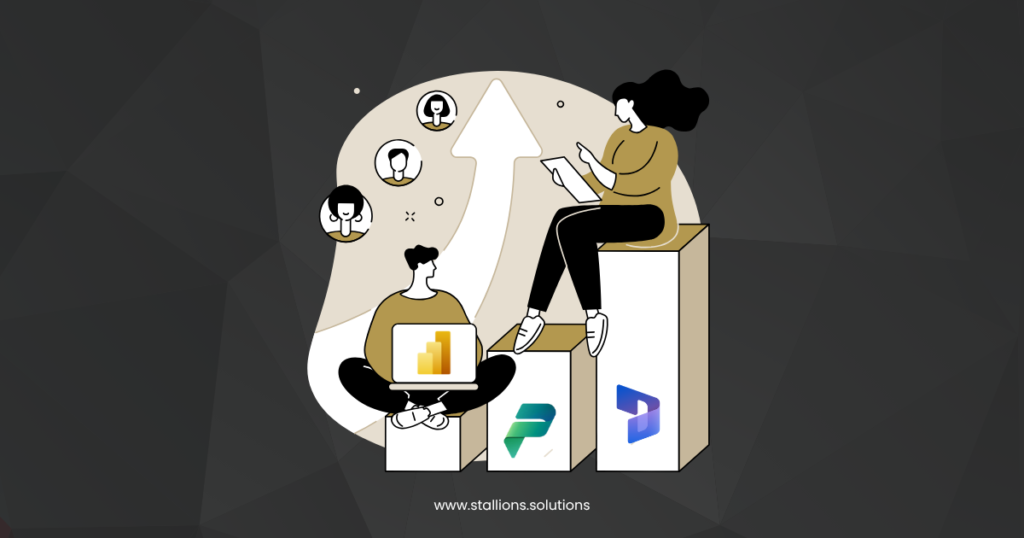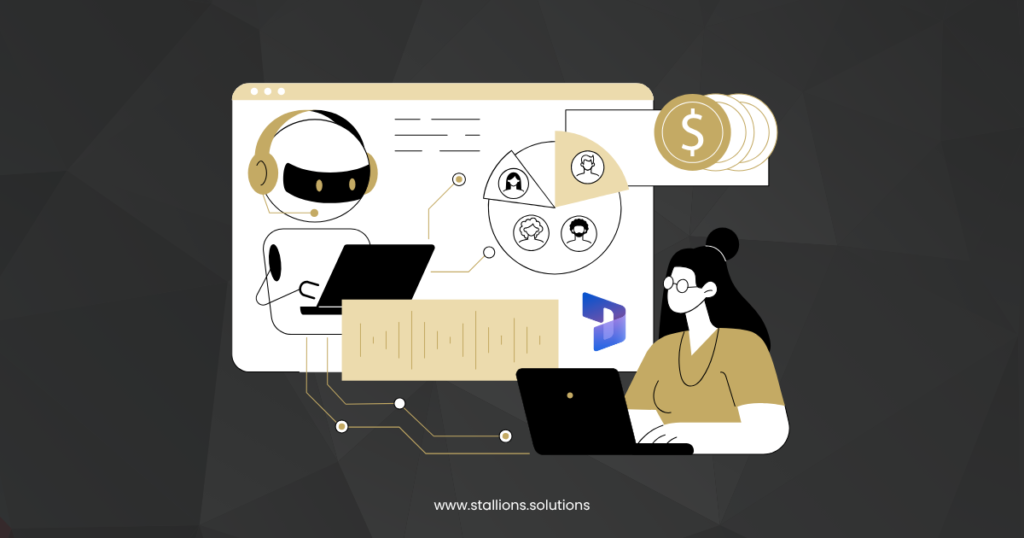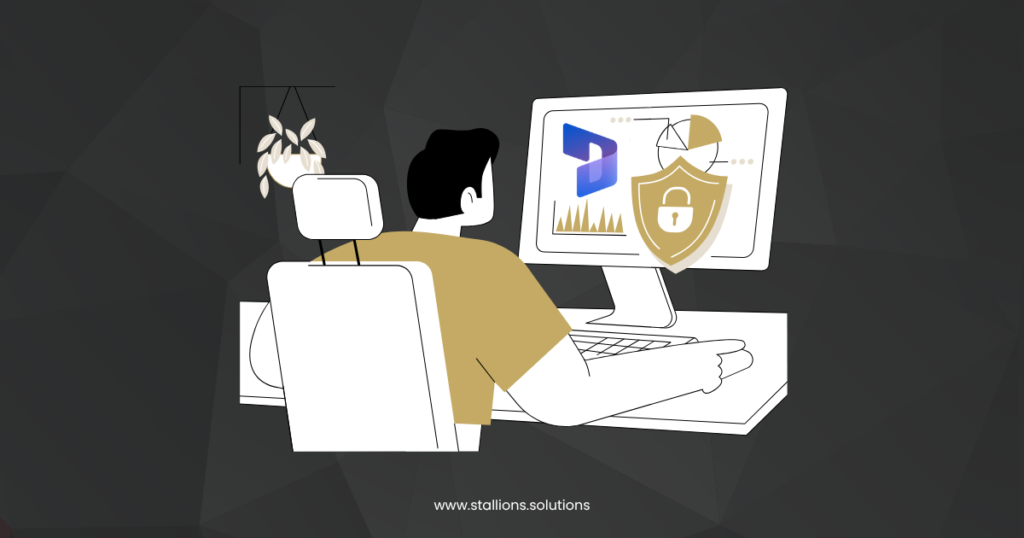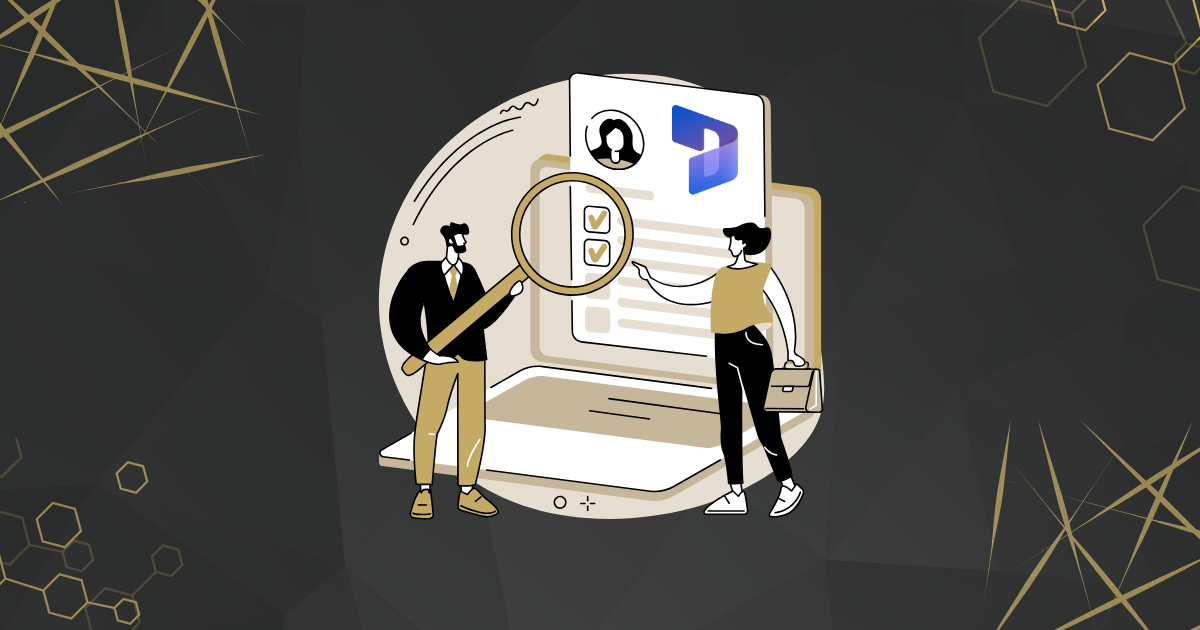In the digital age, HR departments are expected to do more than just manage payroll and benefits—they’re strategic partners in workforce planning, employee engagement, and compliance. Microsoft Dynamics 365 HR is a modern, cloud-based solution that empowers organizations to streamline HR operations, improve employee experiences, and make data-driven decisions. This blog explores the platform’s architecture, features, integrations, and real-world impact.
What is Dynamics 365 HR?
Dynamics 365 Human Resources is part of the Microsoft Dynamics 365 suite, designed to centralize and automate HR functions. It enables organizations to manage the entire employee lifecycle—from hiring and onboarding to performance tracking and offboarding—within a single, integrated platform.
Core Capabilities:
- Employee records and self-service
- Leave and absence tracking
- Compensation and benefits management
- Performance and goal setting
- Compliance and policy management
Technical Architecture

Dynamics 365 HR is built on the Microsoft Power Platform, which includes:
- Dataverse for secure data storage and sharing
- Power BI for real-time analytics and dashboards
- Power Automate for workflow automation
- Azure Active Directory for identity and access control
This architecture ensures scalability, security, and seamless integration with other Microsoft services like Teams, Outlook, and SharePoint.
Integration Ecosystem
One of the biggest strengths of Dynamics 365 HR is its ability to integrate with both Microsoft and third-party systems.
Key Integrations:
- LinkedIn Talent Hub: For recruitment and candidate tracking
- Microsoft Viva: For employee engagement and well-being
- Finance & Operations: For payroll and budgeting alignment
- Third-party payroll systems: Through APIs and connectors
These integrations allow HR teams to work more efficiently without switching between platforms.
Automation & AI Capabilities

Dynamics 365 HR leverages AI and automation to reduce manual tasks and improve decision-making.
- Automated onboarding workflows
- AI-driven insights into employee performance and attrition risk
- Predictive analytics for workforce planning
- Automated compliance alerts and document tracking
- These features help HR teams focus on strategy rather than paperwork.
Employee Experience & Self-Service
The platform includes a modern, user-friendly self-service portal where employees can:
- View and update personal information
- Submit leave requests
- Track performance goals
- Access company policies and documents
This improves transparency and reduces the administrative burden on HR staff.
Compliance & Security

With built-in tools for GDPR compliance, audit trails, and role-based access, Dynamics 365 HR ensures that sensitive employee data is protected. It also supports localization for global companies needing to comply with country-specific labor laws.
Real-World Use Cases
Enterprise HR Teams: Manage thousands of employees across regions with centralized control.
SMEs: Scale HR operations without needing a large team.
Public Sector: Ensure transparency, compliance, and efficient service delivery.
Benefits Summary
- Centralized HR data and processes
- Improved employee engagement
- Reduced manual work through automation
- Real-time insights for better decision-making
- Scalable and secure cloud infrastructure
Conclusion
Dynamics 365 HR is more than just an HR tool—it’s a strategic platform that helps organizations modernize their workforce management. With its powerful integrations, automation features, and user-friendly design, it enables HR teams to focus on what matters most: people.



